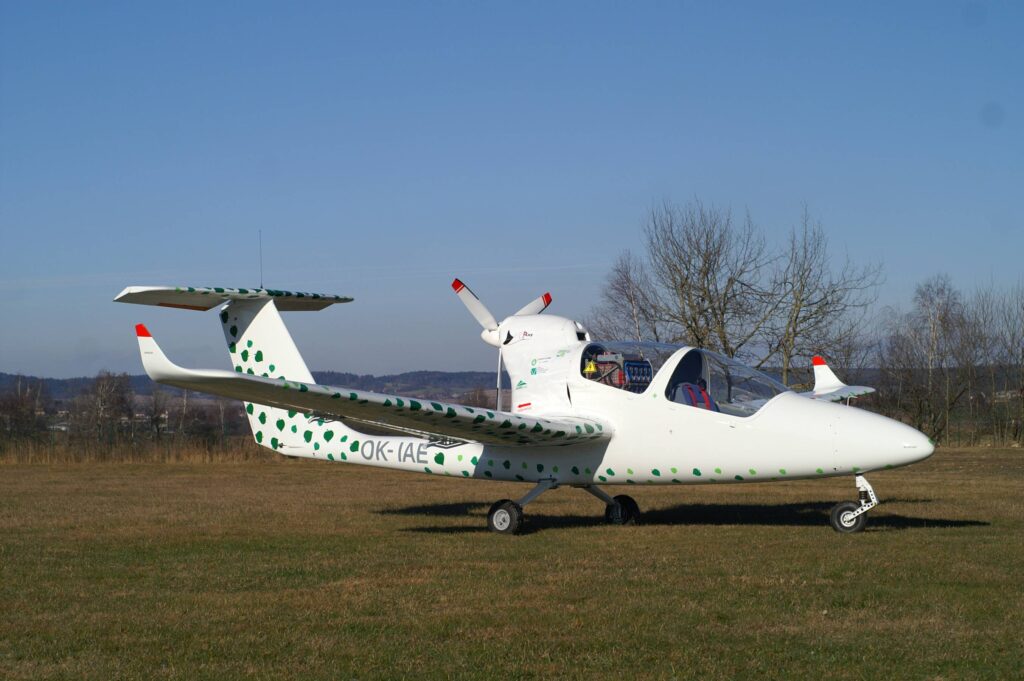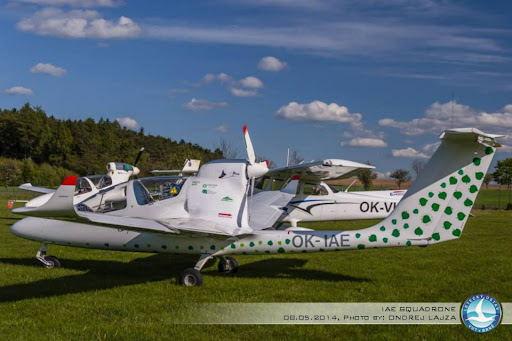Scientists from the Institute of Aerospace Engineering at Brno University of Technology developed the electric aircraft VUT 051 RAY. Its maiden flight took place in August 2014, staying airborne for 27 minutes. Thanks to significantly higher energy storage than similar aircraft, it can fly for more than an hour, offering a major advantage.
Designed to meet strict aviation regulations under the Civil Aviation Authority’s supervision, the aircraft incorporates advanced safety technologies to enhance propulsion system reliability. The VUT 051 RAY was developed in collaboration with JIHLAVAN airplanes, a small sports plane manufacturer. To save costs and time, engineers based it on the older VUT 001 Marabu model.
After years of development, the aircraft took off from Křižanov Airport in August 2014. Unlike its predecessor, introduced in 2010, the new model featured a modern, eco-friendly electric propulsion system. Its chief designer, Prof. Ing. Antonín Píštěk, CSc., had also led the previous project and was named one of the top 100 Czechoslovak aviation figures of the century.
The aircraft’s size matches a two-seater plane, yet it accommodates only a pilot. The co-pilot’s seat was replaced by a battery containing 3,060 cells. Jiří Hlinka from the Aviation Institute, a key contributor to the project, detailed the first flight: “After taxiing tests throughout the day, the aircraft remained airborne for 27 minutes, with a third of its battery capacity still available. Calculations suggest it could stay in the air for 90 minutes, significantly outperforming competitors.”



Weight limitations posed the biggest challenge in designing the electric aircraft. Batteries accounted for a quarter of its 600 kg total weight. However, Hlinka believes rapid battery advancements will reduce this weight while increasing flight duration.
Charging the batteries for a one-hour flight required approximately four hours. Compared to a conventional aircraft burning 17 liters of fuel per hour, the VUT 051 RAY’s operating costs were just a few dozen Czech crowns. Like in the automotive industry, electric propulsion in aviation offers environmental benefits and cost savings.
“Electric propulsion is also simpler, with fewer moving parts and controls,” Hlinka added. “Even in our experimental aircraft, the cockpit had a streamlined dashboard with fewer controls compared to piston-engine planes.”